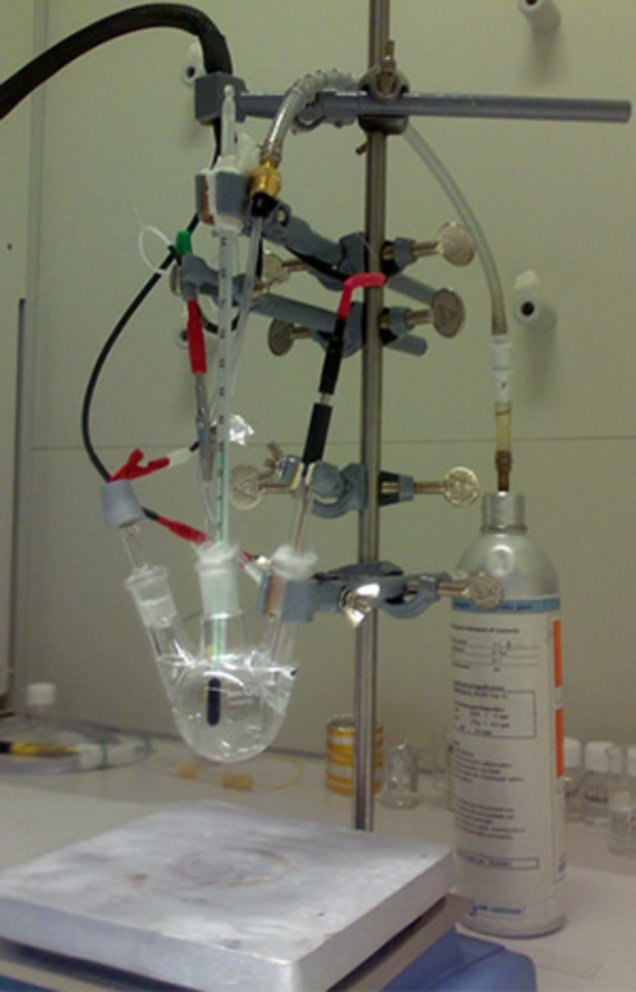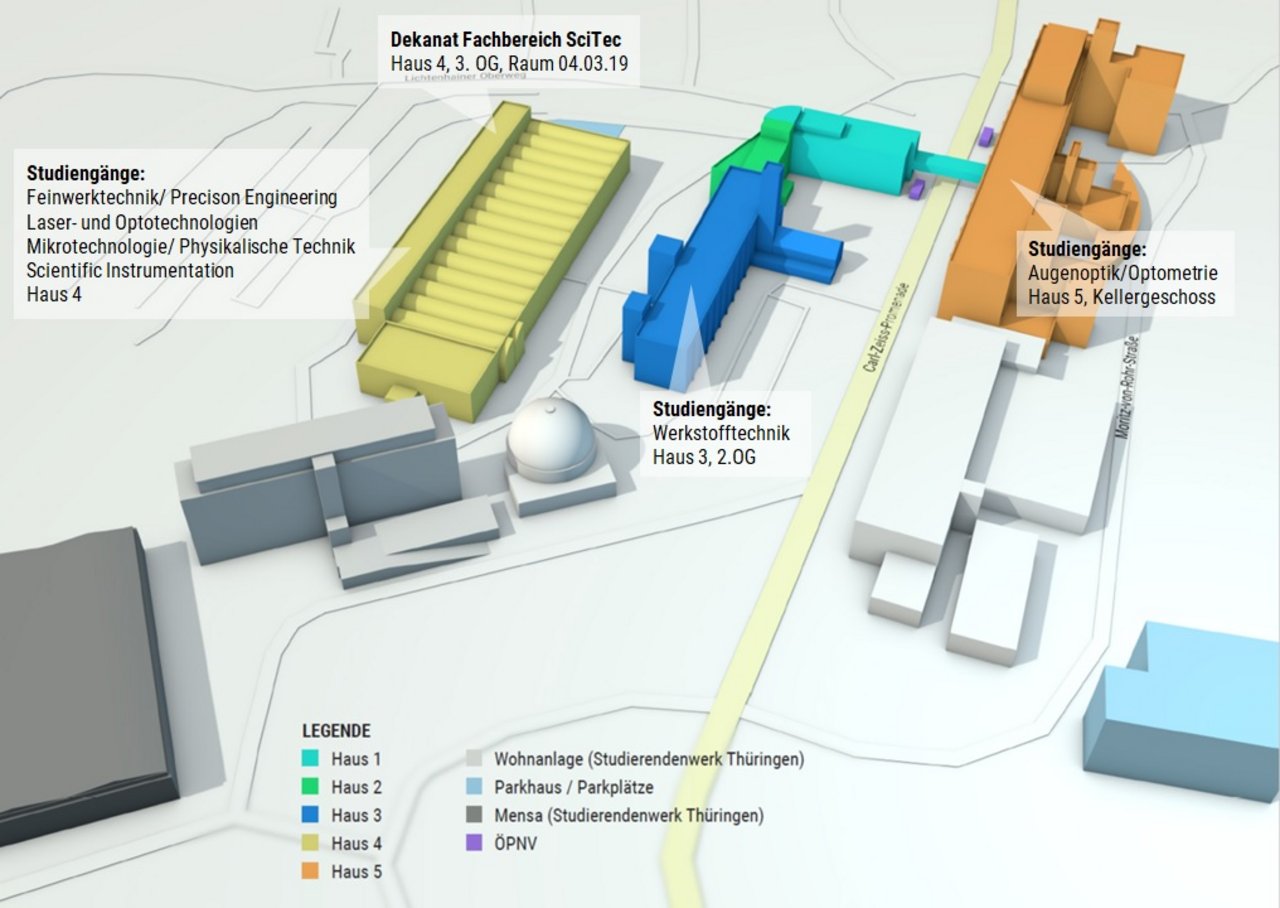Technologie von Halbleiter-Heterostrukturen für Heißträger-Solarzellen

Sonnenenergie wird von der Sonne in Form von Wärme erzeugt. Die Thermodynamik beweist, dass die effizienteste Wärmekraftmaschine auf dem Carnot-Prozess basiert. Bei diesem Prozess ist es erforderlich, dass die Gasmoleküle eine kontinuierliche Energieverteilung aufweisen. Daher führt jeder Versuch, eine Energielücke einzuführen, zu einer drastischen Verringerung des maximal erreichbaren Wirkungsgrads. Die üblichen Solarzellen basieren jedoch auf Halbleitern mit einer Bandlücke.
In der heutigen Photovoltaik gibt es nur sehr wenige Ansätze, die die Nutzung der Energie von Ladungsträgern vermeiden, die nur durch eine oder mehrere diskrete Bandlücken getrennt sind. Ein alternativer Ansatz für Solarzellen mit „heißen Ladungsträgern“ ist der Versuch, eine Wärmekraftmaschine zu bauen, die auf heißem Elektronengas anstelle von heißem Molekülgas basiert. Elektronen in einem Festkörper, die von der Sonne aufgeheizt werden, dehnen sich in der Struktur aus und leisten dabei Arbeit gegen die elektrische Kraft.
Obwohl die Idee schon etwa 30 Jahre alt ist, sind bisher nur sehr wenige Umsetzungen bekannt. Der Grund dafür sind offensichtlich ungewöhnliche Anforderungen an das Materialsystem, denen die herkömmliche Halbleitertechnologie nicht gerecht wird. Das aktuelle Projekt verfolgt zwei Ziele: die Erweiterung der bestehenden theoretischen Ideen hin zu leicht umsetzbaren Bauelementstrukturen und die Erweiterung der bestehenden Halbleitertechnologie hin zu den Eigenschaften, die für Heißträger-Solarzellen erforderlich sind.
Im gegenwärtigen Stadium wird eine spezielle Doppel-Heteroübergang-Bauelementstruktur identifiziert, die für die Nutzung heißer Ladungsträger geeignet ist. Andererseits ist es gelungen, durch elektrochemische Epitaxie von PbSe auf InP Strukturen zu schaffen, die aufgrund der Wechselwirkung von Elektronen aus optischer Anregung bei einer Energie von 0,66 eV mit heißen Elektronen aus gleichzeitiger optischer Anregung bei 2,4 eV Photostrom erzeugen.

